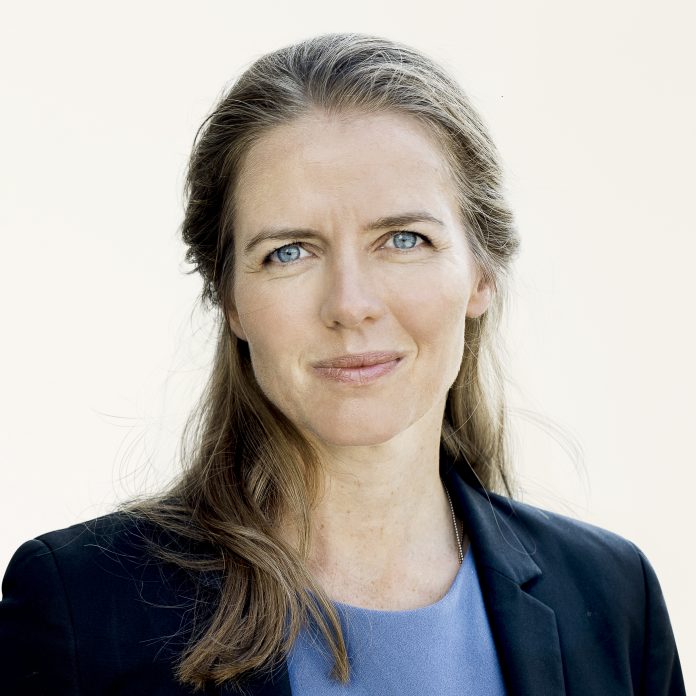Jonathan Miles from Open Access Government explored the work the Danish Ministry of Health does to improve health policy across the country
The Danish Ministry of Health was officially established in June 2015 and is responsible for all healthcare policies in Denmark. Once an independent ministry when first launched in 1926, it has since then been heavily developed, at times merging with other sectors (such as the Ministry of the Interior) and being re-established under different names, before recently becoming a separate ministry once more, in November 2016.
The Ministry is responsible for defining the overall framework in which the national healthcare system successfully thrives, while also considering health-related social services for the elderly. Organisation and financing of the health care system are just some of the ministry’s primary responsibilities along with the approval of pharmaceuticals and the pharmacy sector.
The Ministry is composed of five regions in Denmark, with each region being governed by regional councils composed of forty-one members. These members are elected in regional elections every four years, allowing greater flexibility for the citizens of Denmark. The regions organise health services for their citizens according to their regional needs, tailoring and adjusting the national framework to specific demands of the public.
Heading the Ministry is Danish politician Ellen Trane Nørby, who has been her countries Minister of Health since November 28th 2016. Nørby is driving the Health Sector forward, with a recent bid to host the next European Medicines Agency (EMA) in Copenhagen, once the UK leaves the European Union. On February 8th 2017, Nørby released a statement highlighting why Copenhagen would be an excellent environment for the EMA, providing a number of benefits and optimal conditions.
“It is important that we ensure optimal conditions for the EMA to fulfil its tasks, as patients in the EU need to have confidence in the medicinal products on the market. That is why the EMA should be located where there are strong traditions for focusing on patients with regard to safety, patient rights, and transparency”.
On top of this, the Ministry of Health released a list of “Top 5 Reasons to Place EMA In Copenhagen. The list included the following:
World-class research environment
Denmark is the leading country in the EU in terms of a number of clinical drug trials per capita.
Innovative and vibrant life science cluster Danish and international companies will provide a highly professional work environment for the European Medicines Agency. Close collaboration between companies, universities and the public health sector provides an ideal ecosystem for innovation.
Efficient infrastructure
Copenhagen is easily accessible with efficient infrastructure and direct flights to all capitals and major commercial cities of the EU Member States from Copenhagen Airport.
High liveability
Copenhagen has well-functioning institutions, a high level of public services, a large number of international schools, and the Danes have strong language skills.
These conditions make it highly attractive for the employees of the European Medicines Agency and their families to live and work in Denmark.
Strong focus on patient safety
This commitment of the Danish Healthcare System creates an ideal setting for the activities of the European Medicines Agency, ensuring that all medicines available on the EU market are safe, effective and of high quality.
This commitment and a strong focus on patient’s safety is reflected in the constant improvement and restructuring of the Denmark Cancer Plan. Last summer, Cancer Plan IV was presented, aiming to build upon previous plans I, II, and III. It is vital to have a strong national programme for the rehabilitation and palliative care based on evidence-based clinical guidelines. The safety of the patients is, of course, a priority for the Ministry of Health.
In Denmark, the five-year cancer survival rate has increased since the year 2000. In 2012-14 the survival rate was 61%, an increase of 13% compared to 2000- 2002. In the last couple of years, the cancer mortality rate has declined, but Nørby doesn’t plan on stopping there. She highlighted the new national targets for the plan on International Cancer Day, stating, “the goals are ambitious, but so are the government.” The initiatives that will be taken, such as personal cancer plans, and the implementation of a lead physician in charge of the treatment of the individual patient will without a doubt strengthen a flourishing Cancer Strategy.
This area alone demonstrates that the Ministry of Health has come a long way to reach where it is today and to successfully achieve management of healthcare. Denmark has a population of 5.7 million people, and while it is important to cater to citizens’ individual needs, the Ministry must also pursue tasks within the international sphere. As a member of the European Union, Denmark can further its knowledge, technology, and efficiency by working alongside and collaborating with many other countries. Healthcare in Denmark is universal and is based on the principles of free and equal access to healthcare for all citizens. The healthcare system offers high-quality services and will continue to do so if it continues to progress.
For more information, please visit: www.sum.dk/English.aspx
Open Access Government
Tel: +44 (0)1270 502 874











